Search by Topic
- Acid Reflux 1
- CDC 1
- CT Scans 1
- Corticosteroids 1
- Delta Variant 1
- Flu vaccine 1
- GERD 1
- Gastroesophageal Reflux Disease 1
- HEPATITIS C 1
- Intermittent Fasting 1
- Johnson and Johnson 1
- KETO DIET 1
- MDVIP 1
- MS 1
- Masks 1
- Men's Health 1
- Moderna 1
- Multiple Sclerosis 1
- Pfizer 1
- Plenity 1
- Tryptophan 1
- alcohol 1
- alcohol abuse 1
- aspirin 1
- blood pressure 1
- bone health 1
- calcium 1
- cardiovascular 1
- cardiovascular disease 1
- cholesterol 1
- coconut oil 1
- coronary plaque 1
- coronavirus 12
- covid vaccine 4
- covid-19 19
- covid-19 in Children 1
- covid-19 testing 1
- deep venous thrombosis 1
- diabetes 2
- diet 1
- emotional wellbeing 1
- exercise 2
- fitness 1
- flu 3
- flu vaccine 1
- healthy holiday 1
- healthy living 1
- hearing 1
- heart disease 1
- heart disease prevention 1
While low bone mass, or osteoporosis, is less common in men than in women, over 8 million men in the US are affected by it. The mortality rate in hip and spine fractures is higher in men than women, furthermore, due to the older age and the greater number of chronic diseases present in men at the time of fracture.
There is no routine recommendation for screening of men for osteoporosis. DEXA scanning is suggested when fragility fractures occur and if men have high risk conditions as outlined below. Once osteoporosis is identified, regular DEXA screening every 2 years is recommended.
The treatment of osteoporosis in men is composed of lifestyle measures, hormonal therapy, and/or non-hormonal drug therapy.
Lifestyle measures:
Practicing a weight-bearing exercise regimen
Tobacco cessation
Avoidance of excessive alcohol use
Maintaining a daily calcium intake of 1000-1200 mg per day.
Measuring Vitamin D levels and adding supplementary Vitamin D3 if indicated
Hormonal therapy
A Low testosterone level (LowT) is among the most common causes of osteoporosis in men. Replacement therapy with testosterone provides skeletal benefits by increasing bone mineral density (BMD) and thereby reducing osteoporosis and the risk of fractures. Men with LowT should also be treated with a bisphosphonate if fracture risk remains high. There is no known benefit from taking testosterone if baseline testosterone levels are normal.
Glucocorticoids, also known as steroids, can induce bone loss. The doses of these medications should be reduced to the lowest effective dose, and stopped if possible. Glucocorticoid-induced bone loss should be treated aggressively.
Androgen-deprivation therapy, administered to men with prostate cancer, increases the risk of clinical fractures by lowering testosterone levels. If BMD is diminished, as soon as justified, this hormonal therapy should be discontinued.
Gastrointestinal disorders can contribute to osteoporosis due to malabsorption of Vitamin D, resulting at times in severely low Vitamin D levels. Most often, providing adequate Vitamin D replacement and supplemental calcium can lead to marked increases in BMD.
Non-hormonal medical therapy
Men with normal testosterone levels
In men with a history of osteoporosis (fragility fracture and/or t-score <-2.5), bisphosphonates are indicated.
Men > age 50 with t-scores of -1.0 to -2.5 and at high risk of fracture, bisphosphonates are indicated.
In men with low testosterone levels
Testosterone replacement is recommended unless a contraindication is present.
Bisphosphonates are recommended if the patient also:
Takes high-dose glucocorticoids
Has frequent falls
Has had a recent fragility fracture
Has a t-score below -3.0
Has a t-score less than 2.5 two years after having received adequate testosterone replacement therapy.
As with women, there is no consensus on low long men should continue medication for osteoporosis. Some experts recommend discontinuing bisphosphonates after 5 years’ use.
For men with contraindications to the use of oral bisphosphonates, Intravenous bisphosphonates and Reclast can be used, as well as Prolia and Forteo/Tymlos. There is no reason to combine any two non-hormonal therapies.


